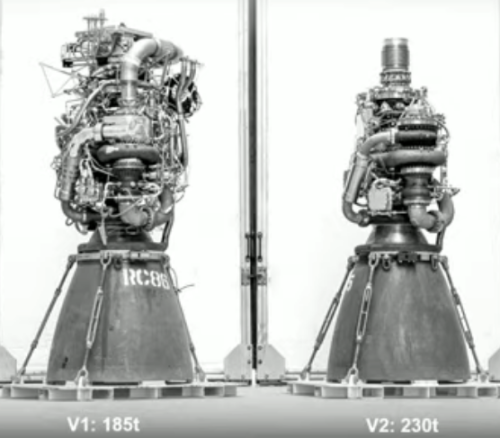SpaceX and Jared Isaacman announce another private Dragon flight
Capitalism in space: SpaceX and Jared Isaacman, the man who organized and commanded the Inspiration4 private commercial manned Dragon flight last fall, today announced a second private commercial Dragon flight, scheduled for this coming fall.
SpaceX plans to launch a new private astronaut mission, Polaris Dawn, from Florida as early as Nov. 1 and will attempt to conduct the first private spacewalk in history, the company announced Monday.
Businessman Jared Isaacman, founder and CEO of the payments company Shift4, will command the mission, having previously he led the first all-private orbital mission in September known as Inspiration4. Isaacman is an experienced jet pilot.
The crew will also include two SpaceX engineers, Sarah Gillis and Anna Menon, as mission specialists and Isaacman’s business associate, Scott “Kidd” Poteet, as pilot.
The flight will attempt to achieve a higher orbit than even the highest flights during the U.S. space program’s Gemini missions that flew 853 miles above the Earth with astronauts Pete Conrad and Richard Gordon.
Isaacman has also tied this flight to more fundraising for St. Jude’s Children’s Research Hospital in Memphis, suggesting that he was very happy with the charity received in connection with his Inspiration4 spaceflight. If this new flight comes off as planned, Isaacman will follow it up with two more SpaceX manned flights.
For the spacewalk, SpaceX will have to complete the development of its own EVA spacesuit, and have four suits available for the crew since Dragon capsules do not have an airlock.
Capitalism in space: SpaceX and Jared Isaacman, the man who organized and commanded the Inspiration4 private commercial manned Dragon flight last fall, today announced a second private commercial Dragon flight, scheduled for this coming fall.
SpaceX plans to launch a new private astronaut mission, Polaris Dawn, from Florida as early as Nov. 1 and will attempt to conduct the first private spacewalk in history, the company announced Monday.
Businessman Jared Isaacman, founder and CEO of the payments company Shift4, will command the mission, having previously he led the first all-private orbital mission in September known as Inspiration4. Isaacman is an experienced jet pilot.
The crew will also include two SpaceX engineers, Sarah Gillis and Anna Menon, as mission specialists and Isaacman’s business associate, Scott “Kidd” Poteet, as pilot.
The flight will attempt to achieve a higher orbit than even the highest flights during the U.S. space program’s Gemini missions that flew 853 miles above the Earth with astronauts Pete Conrad and Richard Gordon.
Isaacman has also tied this flight to more fundraising for St. Jude’s Children’s Research Hospital in Memphis, suggesting that he was very happy with the charity received in connection with his Inspiration4 spaceflight. If this new flight comes off as planned, Isaacman will follow it up with two more SpaceX manned flights.
For the spacewalk, SpaceX will have to complete the development of its own EVA spacesuit, and have four suits available for the crew since Dragon capsules do not have an airlock.







